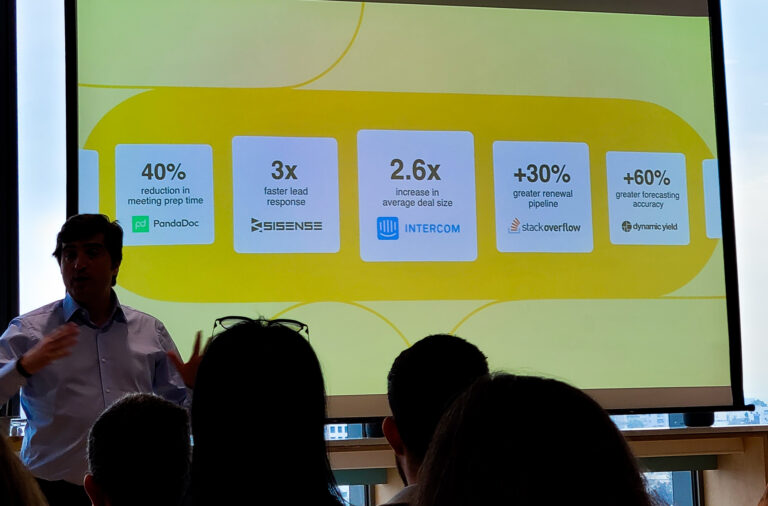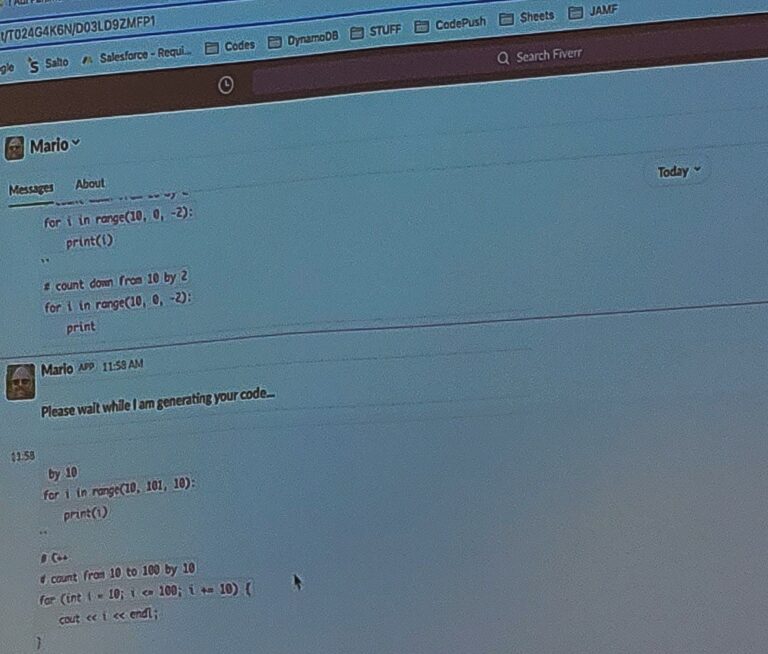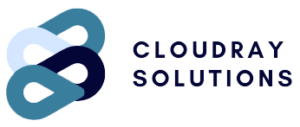
There are multiple ways to integrate Slack with Salesforce and other applications. As adoption of Slack increases, more companies are investing in integrating with it. Salesforce has some native capabilities and can trigger Slack posts through Flow. There are also third party platforms such as Workato which enable you to integrate multiple systems together.
Last week I attended a Salesforce/Slack event in Salesforce’s Tel Aviv office. The presentations focused on the power and capabilities Slack brings to your business, and how you can leverage it for Sales and Operations.
I and other participants were blown away to learn how valuable Slack can be in the workplace.
Slack is not a collaboration tool. Slack is a business and productivity tool.
Some of the ROI reported are:

40% reduction in meeting prep time
3X faster lead response
2.6X increase in average deal size
+30% greater renewal pipeline
+60% greater forecasting accuracy
Average meeting/huddle is under 15 minutes vs. scheduled meetings which average at 37 minutes!
Thousands of companies across all industries use Slack. My brain was whirling with all the possibilities that Slack brings to the table. While not all the companies are fully integrated with Salesforce as well, when the 2 are combined the power is magnified.
Haim Tiv, Global IT Manager at Fiverr, presented a live demonstration of some of the company’s use of Slack. A panel of Slack clients described some of their internal use of Slack.
Sales: You can create channels to communicate with your customers. This improves the client relationship and can close deals sooner. Instead of waiting to schedule a meeting, you can quickly correspond with them in the chat. If you need to jump on a call, then Huddle is all you need. As the deal progresses, you can easily share contract and quotes through Slack. In fact, you can kick off an entire signing process from Slack and ultimately have that update in Salesforce.
Taking it a step further, you can initiate a customer channel creation when an Account/Opportunity reached a certain state. The related Salesforce Contacts can be automatically invited to the Channel by using the Email on the Contact record.
Service: Your support agents can collaborate on Cases directly in Slack to resolve them faster. They can quickly @mention related colleagues who can help address issues that come up. Instead of waiting to arrange a meeting with an Engineer, they can pull them into the chat and resolve it together.
Salesforce Flows can be triggered to post a message in Slack when a Case is escalated or reaches a certain milestone. Managers can engage with the support agents to ensure the client’s issue is resolved.
Onboarding: There are many processes that you can simplify and launch through Slack. For example, hiring managers can complete a form with a new employee’s information. This can automatically creates user logins for multiple platforms and welcome the employee to Slack. It can also start a process for the IT department to provide them with work computer and equipment for their job.
The new employee can receive guided prompts from a Bot which leads them through completing onboarding tasks and requirements.
ChatGPT: Some companies are experimenting with integrating AI into slack. In the example below, a user asked ChatGPT to generate code to count from 1-10.
AI can be used to search knowledge bases and the general web for responses to questions whether from internal employees or customer.

